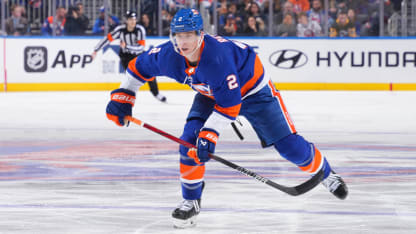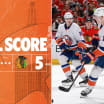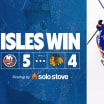Mike Reilly was raised in a hockey-centric family, playing pond hockey with his two sisters and twin brothers in a frozen-over sport court in Minnesota. All five Reilly siblings made hockey a key component part of their lives, as they all pursued the sport at the collegiate, professional or international level.
Reilly’s older sister Shannon was the first one on skates in the family and first to start playing hockey from a young age. Reilly, his two older brothers and younger sister followed in Shannon’s footsteps.
“We definitely looked up to our older sister because she was the first one to really get going with hockey,” Reilly said. “I’m sure my brothers saw that and maybe got into it because their older sister was the first one to start skating. And I followed suit, but it was really led by Shannon.”
Shannon is four years older than Mike and when they were kids, he was excited to watch his older sister on the ice any chance he could get.
“When I was growing up, I remember watching her in high school and she went on to play at Ohio State,” Reilly said. “I would always try to go out there and see her play.”



















